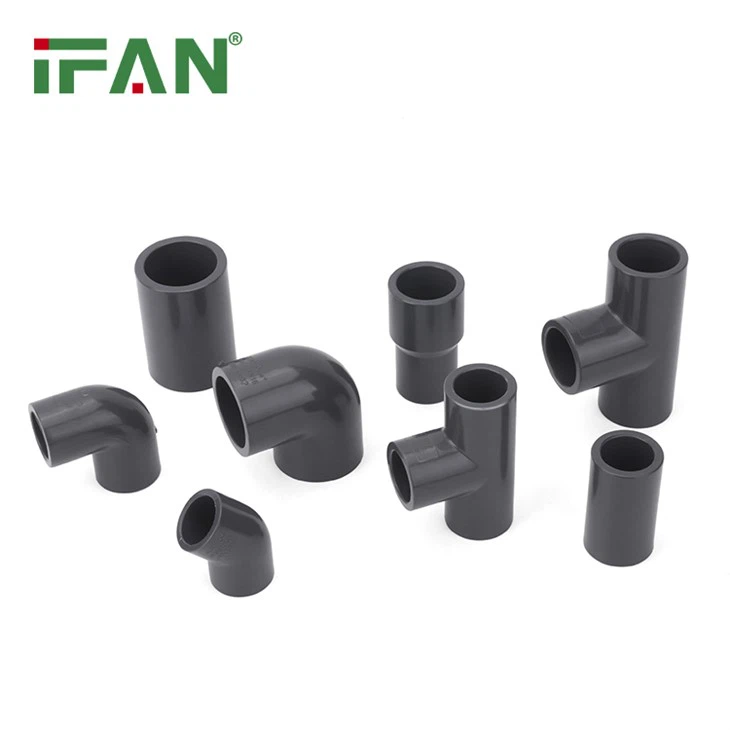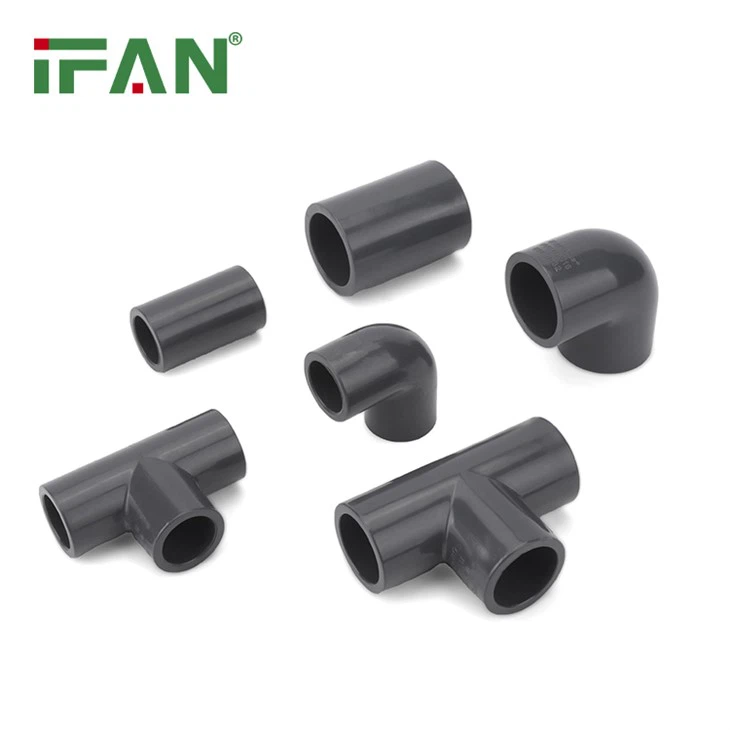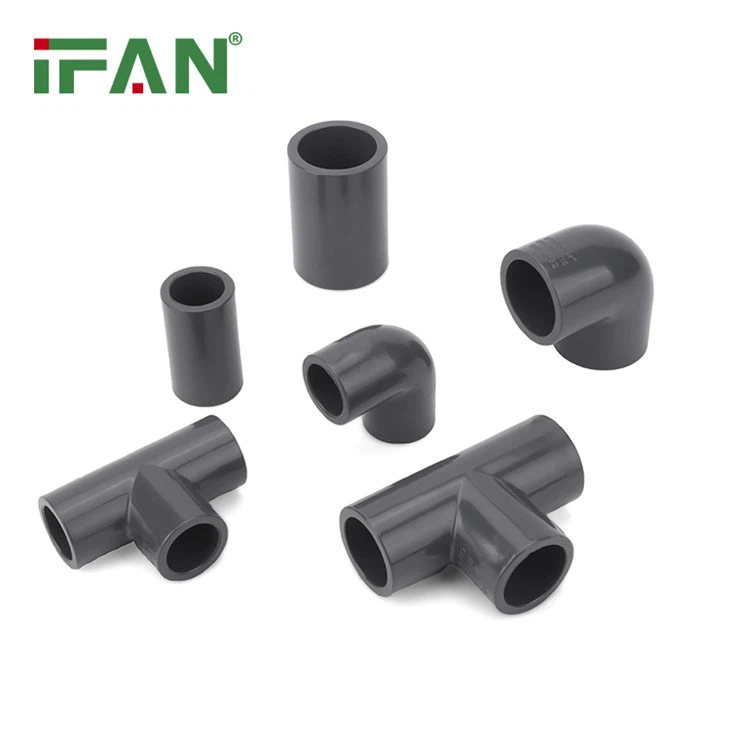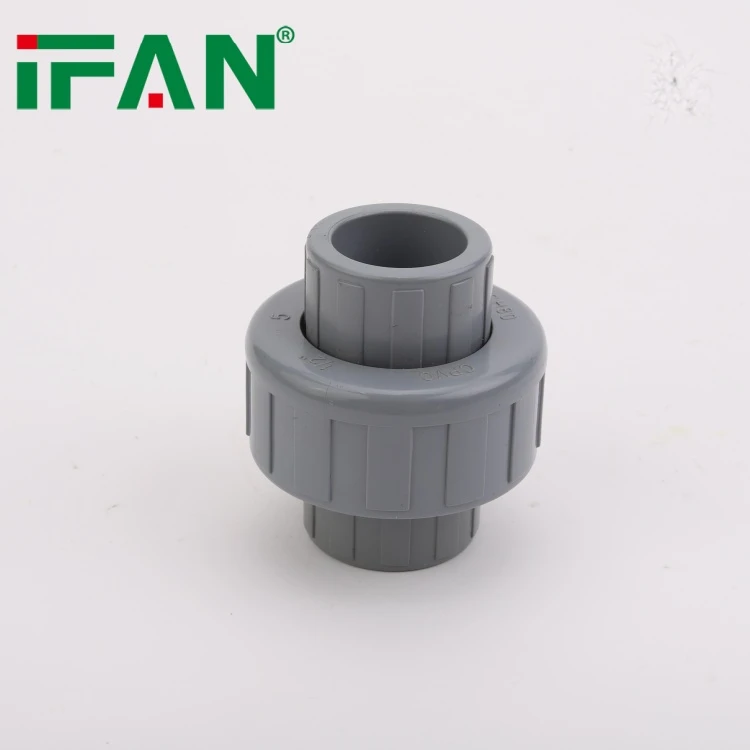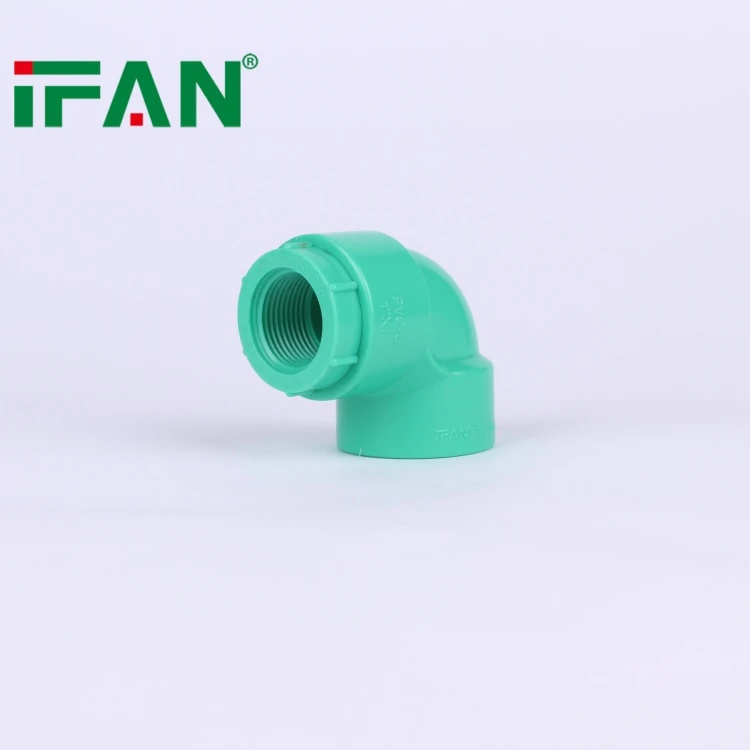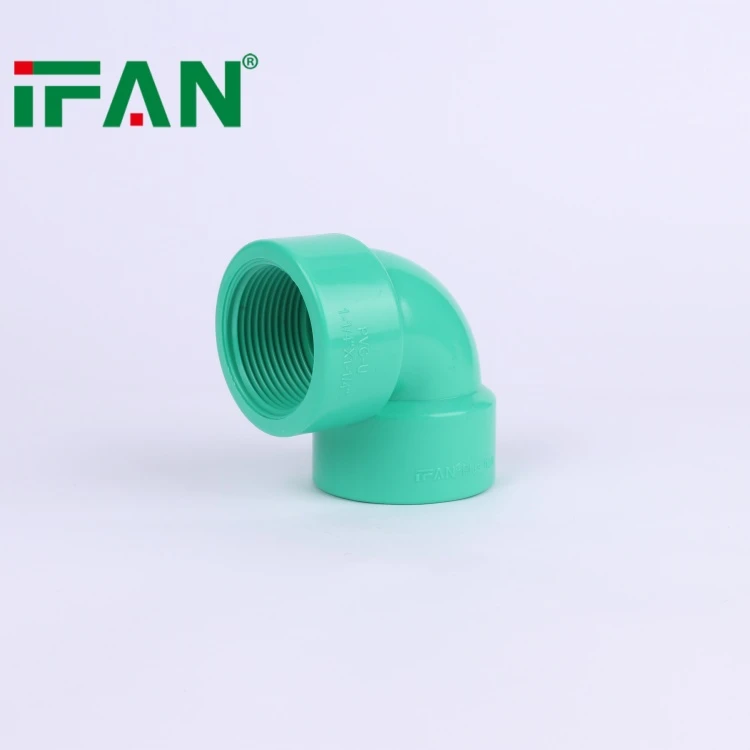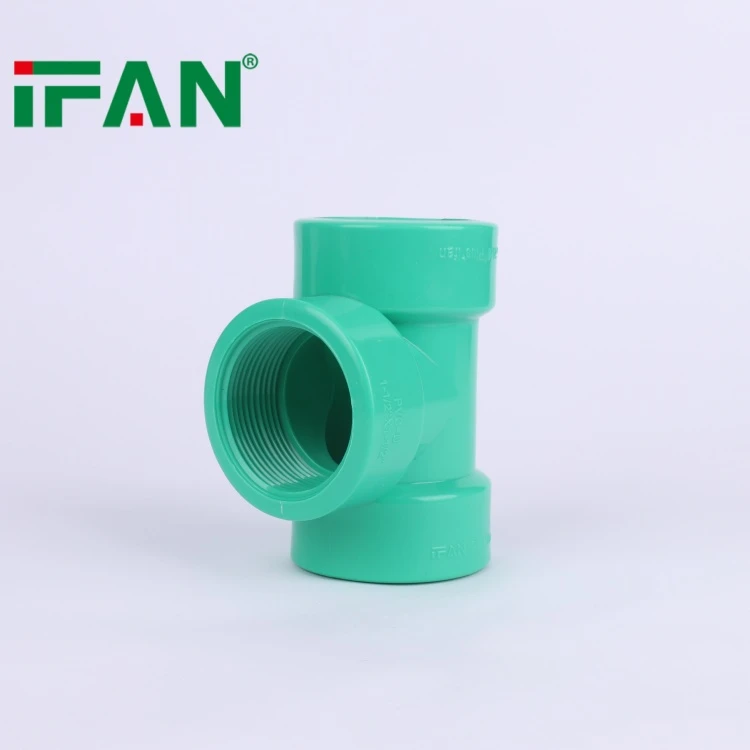Beschreibung
Introduction to UPVC Beschläge
They connect and secure UPVC pipes and structures efficiently. These fittings are widely used in plumbing, drainage, and industrial systems. Their durability and resistance to environmental factors make them a popular choice. For example, in outdoor drainage systems, UPVC Beschläge withstand moisture and temperature changes. Builders and engineers prefer them for their long-lasting performance and ease of installation.
Key Features and Benefits
UPVC Beschläge offer several advantages over traditional fittings. Their non-corrosive material ensures longevity, even in harsh environments. They resist chemical reactions, making them ideal for industrial applications. For instance, in chemical plants, UPVC fittings maintain integrity despite exposure to aggressive substances. Their lightweight design simplifies handling and installation. UPVC Beschläge also provide excellent thermal insulation, reducing energy loss in heating systems. These features make them a reliable choice for modern construction projects.
Applications in Different Industries
UPVC Beschläge are versatile and suit various industries. In plumbing, they connect pipes for water supply and drainage systems. Construction projects use them for structural connections and sealing. Industrial facilities rely on them for chemical and waste management systems. For example, factories use UPVC fittings to transport corrosive liquids safely. Agriculture utilizes them for irrigation systems due to their durability. Their adaptability ensures consistent performance across diverse applications.
Installation and Maintenance Tips
Proper installation ensures optimal performance of UPVC Beschläge. Workers must follow manufacturer guidelines for alignment and sealing. Regular inspections detect wear or damage early, preventing system failures. Cleaning the fittings with water removes debris and ensures smooth operation. For example, in drainage systems, routine checks prevent blockages. Using compatible adhesives and tools enhances connection strength. Training staff on proper installation techniques minimizes errors. These practices ensure long-term reliability and efficiency.
Environmental and Safety Considerations
UPVC Beschläge must meet strict environmental and safety standards. Manufacturers use non-toxic materials to prevent contamination. Durable designs reduce waste by extending product lifespans. Safety features like reinforced joints prevent leaks in high-pressure systems. For instance, in water supply networks, UPVC fittings ensure safe and clean water delivery. Compliance with international standards guarantees reliability and user safety. Proper disposal and recycling of worn-out fittings further reduce environmental impact. These considerations make UPVC Beschläge a sustainable choice.
Future Trends and Innovations
The future of UPVC Beschläge lies in advanced materials and smart technology. Lightweight composites enhance strength while reducing weight. Smart fittings with sensors monitor pressure and flow in real-time. Eco-friendly production methods minimize environmental impact. For example, recycled UPVC materials promote sustainability. Enhanced designs improve compatibility with modern systems. These innovations ensure UPVC Beschläge remain relevant in evolving industries. Their continued development meets the demands of efficiency and sustainability.

